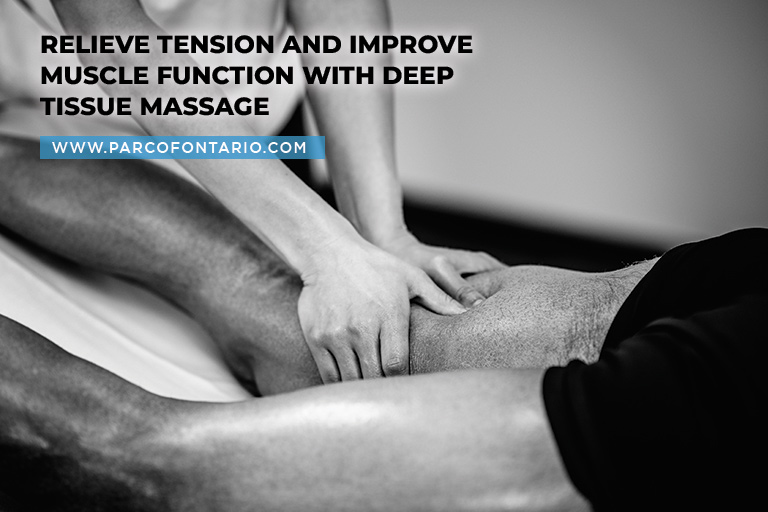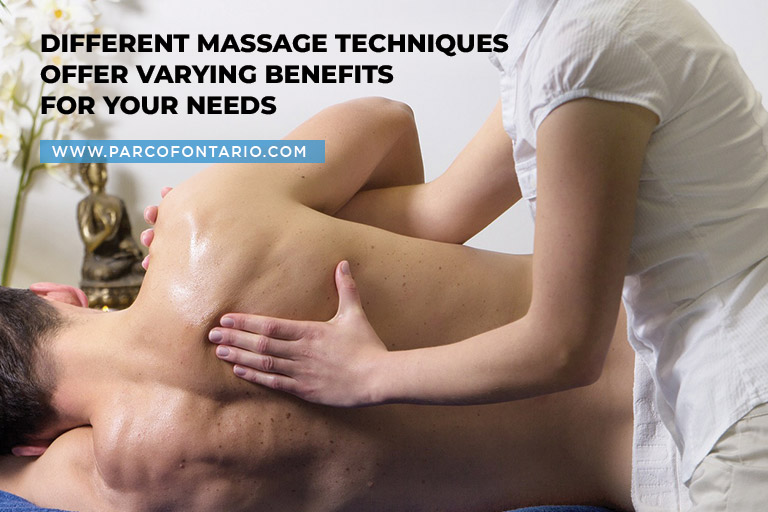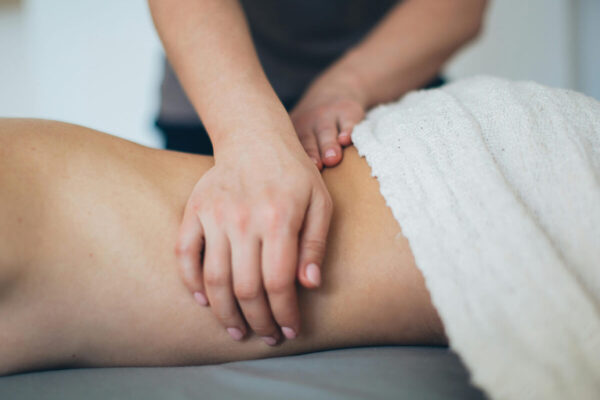Comparing Different Massage Techniques for Back Pain Relief
Back pain can be debilitating, impacting your daily activities and overall quality of life. Back pain can stem from muscle strain, poor posture, or underlying medical issues. Massage therapy in Ajax offers diverse techniques to relieve discomfort effectively. Knowing the benefits of each technique can help you select the most effective treatment for your needs.
How Massage Therapy in Ajax Works
Massage therapy in Ajax is known for effectively treating different types of back pain by targeting muscle tension. By applying physical pressure to muscles, massage therapy improves blood circulation, which helps to reduce pain and promote healing. This increased blood flow relaxes tight muscles and releases built-up tension, which can lead to long-term pain relief. Studies have shown that massage therapy not only improves flexibility but also helps reduce stress, enhancing both physical and mental well-being.
Types of Massage Techniques for Back Pain Relief
There are several massage techniques that can help relieve back pain, each offering unique benefits. Understanding these techniques can help you choose the most effective approach for your specific needs.
1. Swedish Massage
Swedish massage is one of the most popular techniques, known for its gentle, flowing strokes that promote overall relaxation. The technique involves long, smooth movements that help to increase blood circulation and alleviate muscle tension. It is particularly beneficial for reducing stress and enhancing the body’s natural healing processes.
Best Practices:
For optimal results, schedule Swedish massage sessions regularly, such as once a week or every 2 weeks. It’s essential to communicate with your therapist about your specific pain levels and preferences to tailor the treatment to your needs. Consistency in treatment can lead to more significant improvements in back pain over time.
2. Deep Tissue Massage

Deep tissue massage focuses on applying firm pressure to the deeper layers of muscle tissue to address chronic pain and muscle tension. This technique uses slow, deliberate strokes to target specific areas of discomfort and break down adhesions. It is particularly useful for relieving persistent muscle tightness and improving flexibility.
Best Practices:
Schedule deep tissue massage sessions based on the severity and frequency of your back pain, with adjustments as needed. It is crucial to communicate any discomfort during the massage to ensure the pressure is appropriate and manageable. Regular sessions can provide significant relief from chronic pain and muscle tension.
3. Trigger Point Therapy
Trigger point therapy focuses on identifying and treating specific muscle knots or trigger points that cause referred pain in other areas of the body. By applying targeted pressure to these points, the technique helps to release the tension and reduce pain. It aims to address the underlying sources of discomfort and improve overall muscle function.
Best Practices:
Incorporate trigger point therapy into your regular massage routine if you experience persistent muscle knots and pain. It’s important to work with a skilled therapist who can accurately identify and treat the trigger points. Regular sessions can help manage and reduce the intensity of back pain.
4. Myofascial Release
Myofascial release involves applying gentle, sustained pressure to the connective tissue surrounding muscles, known as fascia. This technique aims to release restrictions in the fascia and improve overall movement and flexibility. It is particularly beneficial for addressing issues related to stiffness and restricted range of motion.
Best Practices:
Consider including myofascial release in your treatment plan if you have back pain related to stiffness and restricted movement. Regular sessions are recommended to maintain and improve flexibility over time. Working with a qualified therapist can ensure that the technique is applied correctly for optimal results.
5. Shiatsu Massage
Shiatsu massage uses finger pressure on specific acupressure points to balance the body’s energy flow and relieve muscle tension. This traditional Japanese technique aims to harmonize the body’s energy and improve overall well-being. It incorporates elements of physical pressure and energetic balancing to address back pain.
Best Practices:
Book a Shiatsu massage session if you’re interested in a treatment that combines physical and energetic healing. Regular sessions can support ongoing back pain management and overall health. Ensure that the therapist is trained in Shiatsu techniques to receive the full benefits of this approach.
6. Rolfing
Rolfing, or structural integration, focuses on aligning the body’s connective tissues and improving posture through systematic manipulation. This technique aims to correct structural imbalances and reduce chronic back pain by enhancing body alignment. It involves a series of sessions to achieve long-term improvements in posture and function.
Best Practices:
Seek Rolfing if your back pain is related to structural issues or poor posture. A series of sessions is typically recommended to achieve lasting results and improve body alignment. Consult with a trained Rolfing practitioner to develop a treatment plan tailored to your specific needs.
Comparing Massage Techniques

Each massage technique has its unique benefits and may be more suitable for different types of back pain. For acute pain, Swedish massage may offer quick relief, while chronic pain might benefit more from deep tissue or Rolfing techniques.
- Effectiveness for Different Types of Back Pain
Massage techniques vary in their effectiveness based on the type of back pain you experience. Swedish massage is great for relaxation and mild pain, while deep tissue and trigger point therapies are better for chronic issues.
- Personal Preferences and Pain Tolerance
Your choice of massage technique should also consider your personal preferences and pain tolerance. Some techniques, like deep tissue massage, may involve more discomfort but offer deeper relief.
- Cost and Accessibility
Different techniques come with varying costs and accessibility. Consider what fits best within your budget and availability, and consult with your therapist to make an informed choice.
How to Choose the Right Massage Technique
Choosing the right massage technique involves assessing your specific back pain issues and treatment goals. Consulting with a licensed massage therapist can help you tailor the approach to your needs.
- Assess Your Needs
Evaluate the nature of your back pain and your treatment goals to determine which massage technique might be most effective. Consider factors like pain severity, duration, and any underlying conditions.
- Consult with a Professional
Consult with a qualified massage therapist to discuss your symptoms and preferences. They can provide personalized recommendations based on their expertise and your individual needs.
- Trying Different Techniques
Experiment with different massage techniques to find the one that provides the most relief for your back pain. Each method has its strengths, so trying a few may help you determine the best fit.
Trust PARC of Ontario for Effective Back Pain Solutions
If you’re struggling with back pain, finding relief is crucial for your well-being and daily comfort. At PARC of Ontario, our experienced massage therapists provide targeted treatments designed to ease muscle tension and promote long-term recovery. By choosing the right technique, you’ll experience improved mobility and reduced discomfort. Call us at (905) 579-9938 to book a massage therapy in Ajax today.





